As the leaves turn vibrant shades of orange and gold, and the crisp air signals the arrival of autumn, it’s time to embrace the joy of your fall harvest orchard. This comprehensive guide offers invaluable tips, techniques, and methods to optimize your yield while savoring the delicious rewards of your hard work. Whether you’re cultivating zucchini, pumpkins, or peppers, you’ll learn how to efficiently collect, store, and enjoy your autumn crops.
Table of Contents
- 🌾 Introduction to the Fall Harvest Orchard
- 🌽 Assessing Your Crop Growth
- 🍂 The Best Crops for Fall Harvesting
- 🌱 Exploring Peas, Beets, and Beans
- ✂️ The Importance of Thinning Vegetables
- 🥒 Harvesting Zucchini and Cucumbers
- 🎃 Pumpkins: The Crown Jewel of Autumn
- 🥕 Root Crops: Beets and Carrots
- 🍇 Berries: A Sweet Addition to Your Orchard
- 🍂 The Joy of Harvesting Beans and Peas
- 🥫 Preserving Your Harvest: Canning and Freezing
- 🌿 Soil Health and Fertilization Insights
- 🚜 Planning for Next Season’s Autumn Harvest
- 🌟 Conclusion and Future Plans
- ❓ FAQs about Fall Harvest Orchards
🌾 Introduction to the Fall Harvest Orchard
As the autumn season arrives, it brings with it the perfect opportunity to celebrate the fruits of your labor. A fall harvest orchard is not just a space for growing crops; it is a vibrant sanctuary filled with colors, scents, and textures. This time of year allows you to reflect on what you’ve nurtured throughout the growing season while preparing for winter.
In this guide, we will explore various crops that thrive during the fall months. We’ll delve into tips for maximizing your yield, preserving your bounty for colder months ahead, and enhancing soil health to prepare for next year’s autumn harvest. Together, let’s revel in the beauty and productivity that an autumn harvest orchard can provide.
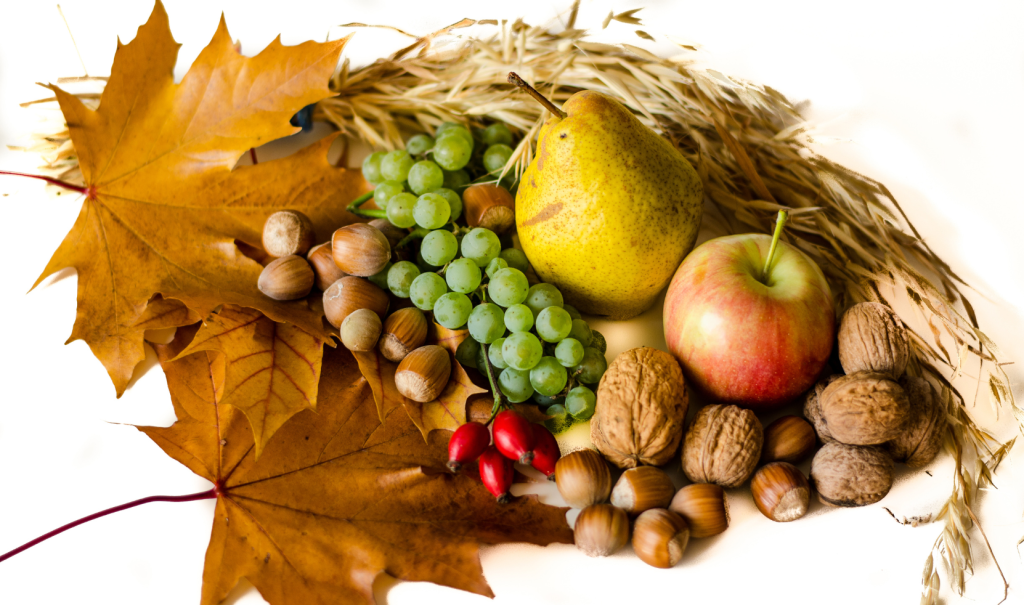
🌽 Assessing Your Crop Growth
Monitoring your crop’s growth is essential for achieving a fruitful yield in your fall harvest orchard. Regularly inspecting each plant allows you to identify both positive developments and potential issues that may arise.
Key Indicators for Assessing Crop Growth
- Corn: A staple in many fall gardens, corn needs careful attention.
- Watch for Ears: Ears begin to form as the plant matures. Keep an eye out for any signs indicating readiness.
- Harvest Timing: Timing is crucial; kernels should be plump with dry husks before harvesting.
- Weather Considerations: Monitor local weather forecasts as corn is sensitive to extreme conditions.
- Peas: One of the easiest crops to grow in cool weather.
- Harvest at Fullness: Check pods regularly; they should be plump but tender when harvested.
- Vegetables: Regular checks on zucchini, cucumbers, and root crops ensure optimal size.
- Zucchini: Aim to pick them while they’re still small and firm for best flavor.
- Cucumbers: Timing is key; pick them at their ideal size depending on variety.
- Root Vegetables: Carrots and beets are excellent choices for autumn harvesting.
- Beets: Can be harvested at various stages—smaller beets are sweet while larger ones are perfect for roasting.
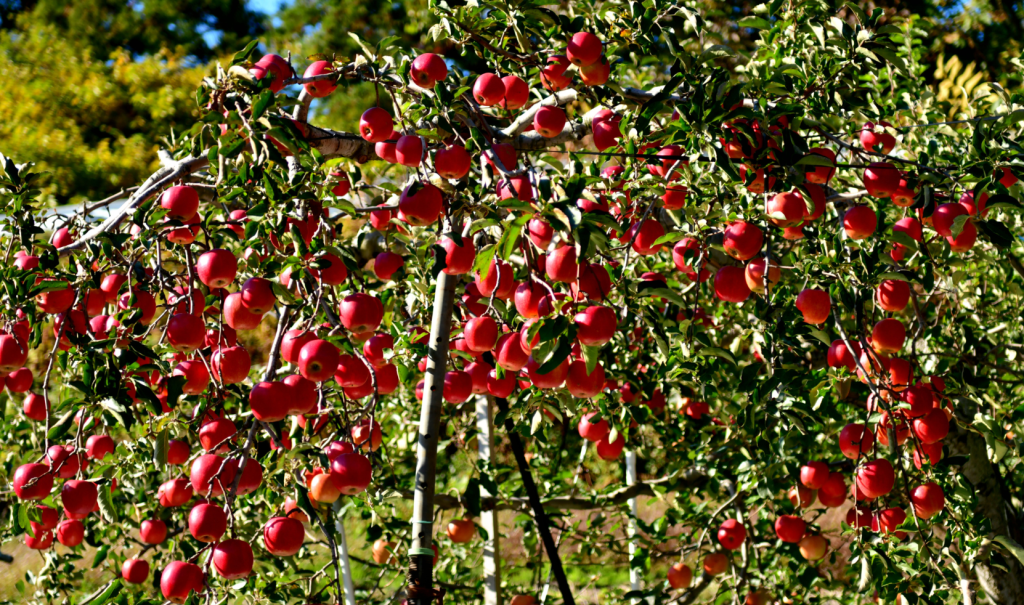
🍂 The Best Crops for Fall Harvesting
Autumn is a bountiful season filled with opportunities to reap a diverse array of crops from your orchard. Here’s a closer look at some top choices for your fall harvest:
1. Pumpkins
Nothing signifies autumn quite like pumpkins! Ideal for decoration, cooking, or baking pies, pumpkins are a versatile addition to any fall harvest orchard.
- Growing Conditions: Pumpkins thrive in full sun with well-draining soil. Ensure they have enough space to spread out.
- Harvest Timing: Check color; pumpkins should be fully orange with a hard rind before harvesting.
- Storage Tips: Keep them in a cool, dry place; avoid moisture which can lead to rot.
2. Cabbage
Cabbage loves cooler temperatures making it an ideal candidate for fall harvesting.
- Growing Conditions: Rich soil with ample moisture is essential.
- Harvest Timing: When heads feel firm and solid upon squeezing.
3. Kale
A nutrient powerhouse that continues producing well into winter.
- Benefits: Nutrient-rich leaves provide fresh greens well after other plants have faded.
- Harvest Method: Pick outer leaves first; this encourages continued growth from the center.
4. Brussels Sprouts
These delightful veggies benefit from frost which enhances their flavor.
- Harvest Timing: Wait until after frost for sweeter-tasting sprouts.
5. Turnips
An underappreciated vegetable that thrives in cooler weather.
- Growing Conditions: Well-drained soil allows turnips to flourish without rot.
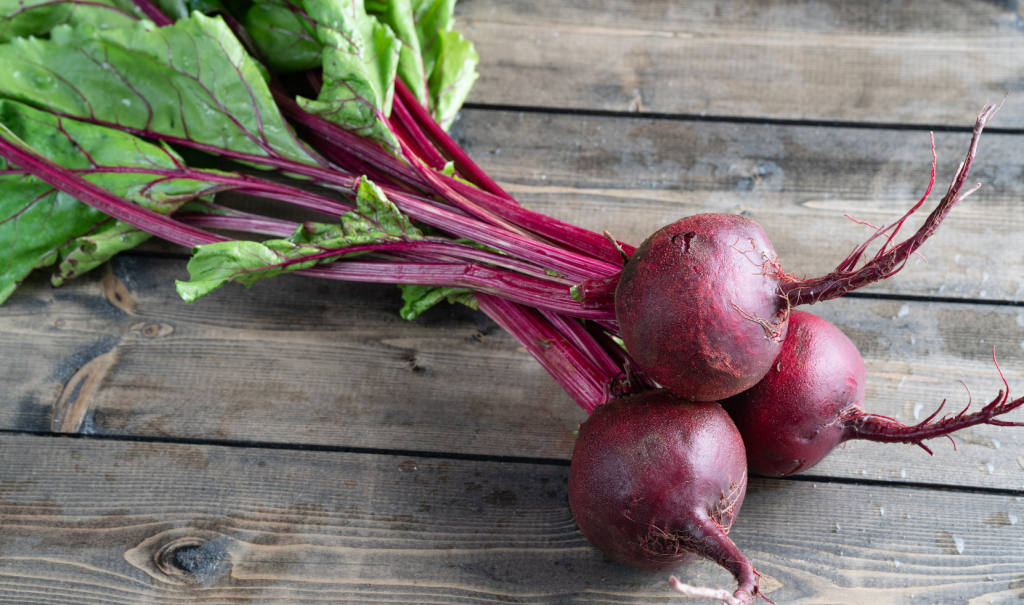
🌱 Exploring Peas, Beets, and Beans
Incorporating a variety of crops not only enriches your meals but also enhances biodiversity within your garden ecosystem. Let’s explore some beloved options:
Peas
Peas are perfect for fall planting as they thrive in cooler conditions:
- Varieties like Oregon sugar pods are ideal for fresh eating; harvest when pods are full yet still tender.
Beets
- Beets can be harvested young or left longer for larger sizes; they’re resilient crops that thrive in cooler temperatures.
Beans
- Regular picking encourages more growth; beans can be harvested at various sizes depending on personal preference.
✂️ The Importance of Thinning Vegetables
Thinning is an essential practice that promotes healthy plant development in your fall harvest orchard:
- Timing: Thin crops when young; this will give remaining plants ample room.
- Methodology: Use scissors or shears carefully; aim to disturb roots as little as possible.
- Benefits: Improved airflow reduces disease risk while increasing overall yield.
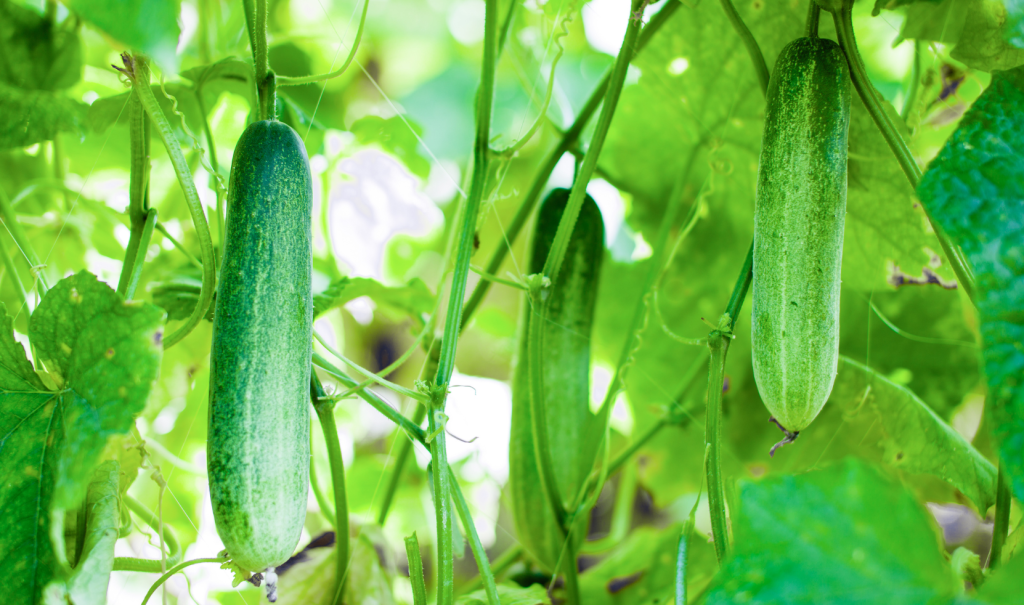
🥒 Harvesting Zucchini and Cucumbers
Both zucchini and cucumbers flourish during autumn but require regular harvesting:
- Zucchini:
- Pick when small (6–8 inches) for best flavor; avoid letting them grow too large as they lose texture.
- Cucumbers:
- For pickling purposes, smaller cucumbers are preferred; check regularly during the growing season.
- Storage Tips:
- Store zucchinis in a cool, dry place away from direct sunlight; cucumbers fare best when stored at around 50°F (10°C).
🎃 Pumpkins: The Crown Jewel of Autumn
Let’s take a deeper look at pumpkins—the quintessential symbol of fall!
- Choosing Varieties:
- Popular varieties include ‘Sugar Pie’ for baking or ‘Jack-o’-Lantern’ types perfect for carving.
- Planting Tips:
- Plant pumpkins after the last frost date when soil temperatures warm up.
- Pest Management:
- Watch out for pests like squash bugs which can damage young plants; row covers can help deter insects.
- Post-Harvest Care:
- Cure pumpkins by placing them in a warm area (70°F/21°C) with good air circulation before storage.
- Crafting with Pumpkins:
- Use carved pumpkins creatively by saving seeds or making pumpkin puree!
🥕 Root Crops: Beets and Carrots
Root vegetables like beets and carrots are essential components of any autumn harvest orchard:
- Harvest Timing:
- Young beets offer sweetness while larger roots can provide hearty meals throughout winter.
- Carrots:
- Carrots can improve flavor when exposed to frost—consider leaving them in the ground until needed.
- Preservation Techniques:
- Blanch excess root crops before freezing them helps preserve color, texture, and nutrients effectively.
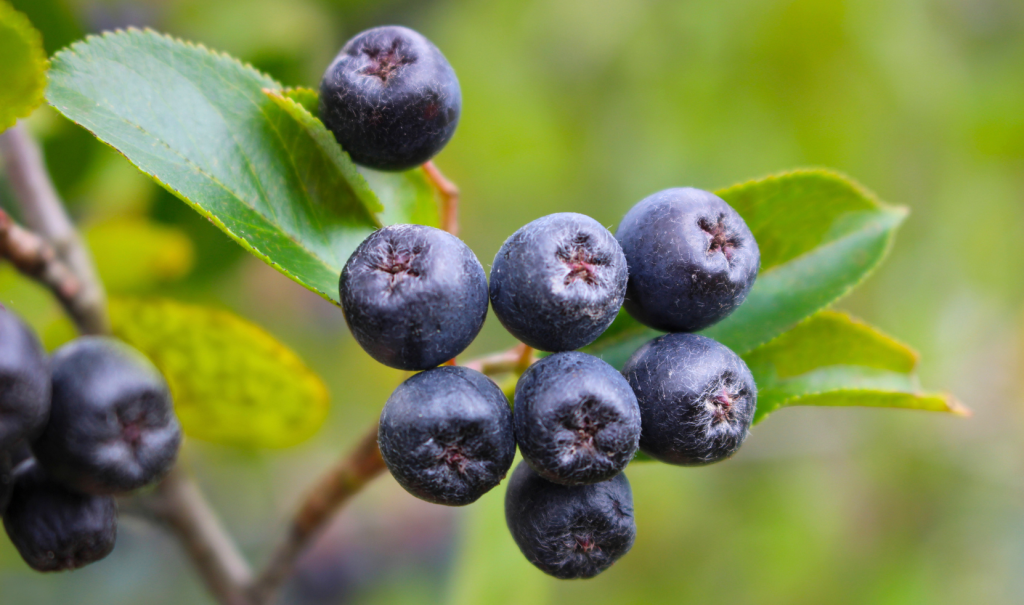
🍇 Berries: A Sweet Addition to Your Orchard
Berry plants such as raspberries and strawberries offer delightful sweetness in your fall harvest orchard:
- Raspberries
- Best harvested when fully ripe—don’t worry if some berries are slightly squished!
- Strawberries
- After planting strawberries early in spring or summer—they continue producing through fall before going dormant again.
- Preservation Techniques
- Freeze berries shortly after picking them; this helps retain flavor while making excellent ingredients for desserts or smoothies later on!
🍂 The Joy of Harvesting Beans and Peas
The thrill of gathering beans and peas during your autumn harvest is unmatched! These plants enhance both beauty and nutrition within your garden while offering delicious additions to meals:
- Beans:
- Ideal timing occurs when they remain young—this guarantees best texture while providing sustenance too!
- Peas:
- Gather pods when rounded yet still soft—enjoy fresh eating right from the garden!
🥫 Preserving Your Harvest: Canning and Freezing
Once you’ve gathered your autumn bounty comes one more critical aspect—preserving it! Canning and freezing extend shelf life beyond seasonal boundaries:
- Canning Techniques
- Proper sterilization procedures prevent spoilage while maintaining nutrition levels throughout months/years ahead!
- Freezing Methods
- Blanching produces best results—preserving color/texture efficiently allows later enjoyment!
- Labeling Importance
- Always label containers with dates/content info so that nothing goes overlooked come wintertime!
🌿 Soil Health and Fertilization Insights
Healthy soil serves as foundation for fruitful orchards! Here are some effective practices worth considering:
- Testing Regularly
- Understanding nutrient levels leads toward better fertilization choices allowing appropriate amendments tailored specifically towards different crop types planted next season!
- Organic Matter
- Incorporate compost/organic materials—improving structure/nutrient content helps foster healthy ecosystems within gardens overall ensuring sustained productivity into future seasons too!
3.Crop Rotation * Rotating crops each year prevents nutrient depletion & minimizes pest build-up so always plan ahead strategically based upon past observations made during recent years!
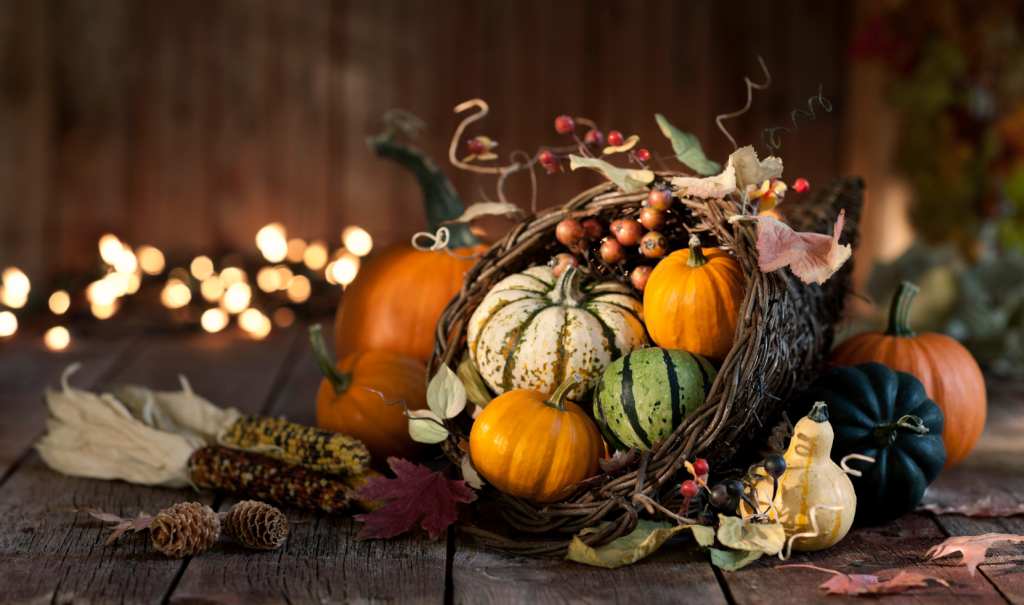
🚜 Planning for Next Season’s Autumn Harvest
As this year’s autumn harvest wraps up consider planning wisely towards next year’s endeavors: 1.Evaluating Yield * Take stock regarding quality/quantity produced—were there any surprises?
2.Challenges Faced * Identify potential issues encountered such as pests/diseases which could inform strategies adopted going forward towards future improvements implemented effectively!
3.New Varieties * Experimentation breeds success—think outside traditional norms by considering unique varieties/species previously overlooked based upon interest shown recently observed throughout current gardening community online!
🌟 Conclusion and Future Plans
As this year’s autumn harvest season comes to an end, take a moment to reflect on your achievements and learnings. Your hard work has not only provided delicious, homegrown produce for you and your loved ones but also contributed to a healthier garden ecosystem.
Reflecting on the season’s successes and challenges is essential for planning an even more fruitful harvest next year. Consider experimenting with new crop varieties, refining your preservation techniques, and continuously improving soil health practices. Each season offers new opportunities to learn and grow, bringing you closer to mastering the art of fall gardening.
With careful planning and mindful cultivation, your autumn harvest orchard can flourish year after year, providing bountiful yields and endless satisfaction.
❓ FAQs about Fall Harvest Orchards
- What crops should I focus on for my fall harvest orchard?
- Consider planting beans, peas, zucchini, pumpkins, and root vegetables like carrots and beets.
- How do I preserve my fall harvest?
- You can can or freeze your produce to enjoy it throughout the winter months.
- What are some tips for maintaining soil health?
- Regular testing, adding organic matter like compost, and practicing crop rotation are key strategies for maintaining healthy soil.
By embracing these tips and tricks, you’ll be well on your way to creating a thriving autumn harvest orchard that continues to provide joy and sustenance through every season. Happy harvesting!

